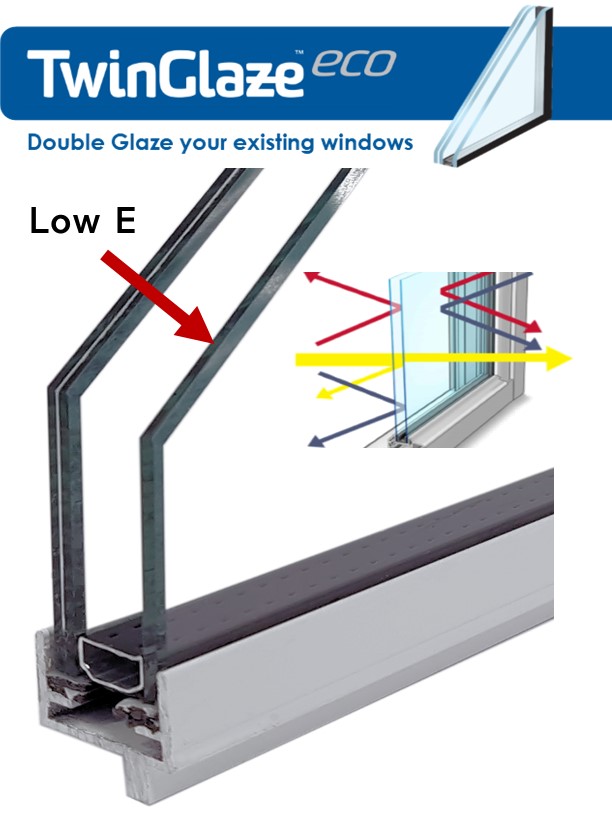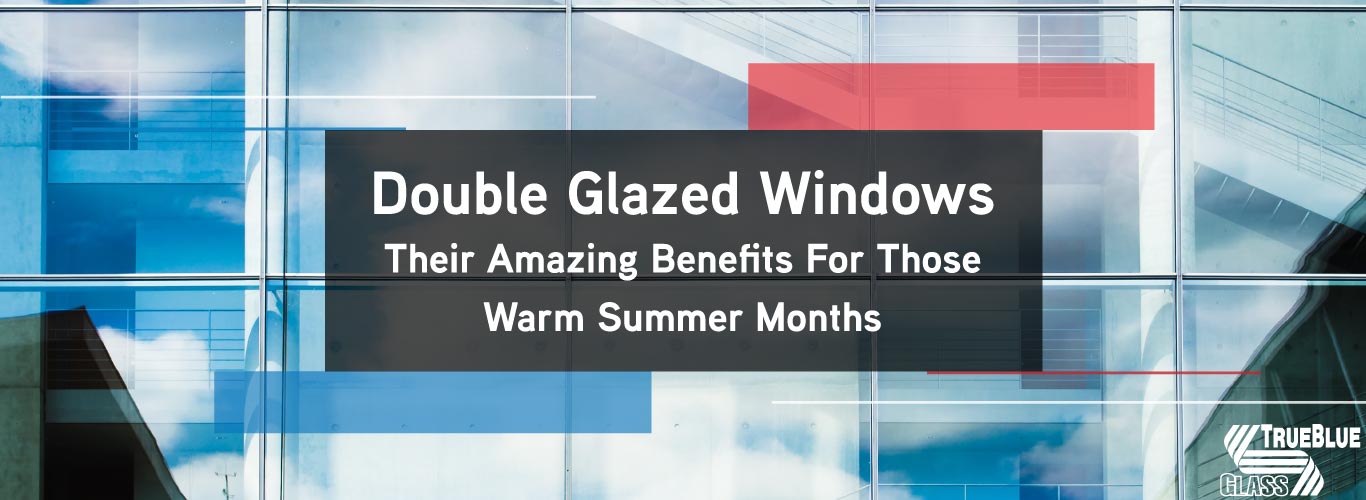All Categories
Featured
Table of Contents
Double Glazed Windows – Their Amazing Benefits For ... in Mundijong Perth
Laminated glass is frequently utilized in locations in the home most prone to injury from human effect such as restrooms, doors, around staircases and in areas near to the flooring (it satisfies the requirements of 'security glass' that is mandated for use in these locations by Australian Standard AS 1288 Glass in buildings).
Toughened glass has actually been 'tempered' by being reheated and rapidly cooled once again. This procedure makes it much stronger than basic glass it can withstand higher effect loads prior to breaking. It also makes it more secure since, when it does shatter, it breaks into numerous small cubic pieces rather than unsafe shards.
Double Glazed Windows: A Complete Guide in Glen Forrest Western Australia
However, toughened glass has no thermal or acoustic benefits over other glass of the same toning or density. Secondary glazing is where single-glazed windows are retrofitted with a transparent acrylic or glass sheet attached to the within the frame or openable sash with a secondary frame or with magnetic strips.


Secondary glazing will not perform too thermally as a made IGU, because it is difficult to completely seal the boundary, however it can offer excellent noise control. Window movies are a thin polymer movie consisting of a taking in color or reflective metal layer, with an adhesive support. They stay with your glazing to alter its colour or make it reflective.
Why Double-glazed Windows Are A Must in Helena Valley Western Australia
Applied to existing glass, some window movies can cut in half the general SHGC of the window by soaking up and/or showing solar radiation. This can be particularly beneficial in hotter climates where cooling is the main concern, or on east and west elevations straight exposed to extended periods of sunshine. Window films may likewise lower noticeable light transmittance.

For this reason, it is typically best to utilize a recognized installer of window movie. Frames have a considerable effect on the thermal performance of windows and doors, since energy can be gained and lost through the frame, along with through the glass. Various types of frame will allow various levels of heat gain and loss, so careful choice of frame is very important for effective passive style.
Stay Cool This Summer With Double Glazed Windows - Aaa Glass in Koondoola Perth
Aluminium is likewise a really good conductor of heat and will decrease the insulating worth of a glazing system, unless particularly crafted to minimize this. A 'thermally broken' frame is comprised of 2 aluminium sections linked by a structural insulator (generally a low-conductivity structural polymer). This 'breaks' the thermal connection through the aluminium and decreases the heat streaming through the frame.
They can be costly, however rates are reducing as they end up being more common. Wood frames are an excellent natural insulator that can fit some house designs. Timber frames should be made from species that have naturally high sturdiness or be treated to prevent decay and contortion. Examine that the timber is sourced from a sustainably managed forest.
Why Does Double Glazing Help To Keep Us Cool In Summer? in Greenwood Western Australia
Nevertheless, this can result in gaps that permit air seepage unless good draught sealing (weather condition stripping) is set up. u, PVC is a type of plastic (unplasticised polyvinyl chloride, likewise called rigid PVC). u, PVC frames offer outstanding thermal performance, frequently much better than timber or thermally broken aluminium. u, PVC is long lasting and requires very little maintenance, and can be moulded into complicated profiles that supply outstanding air seals.
u, PVC doors and windows have excellent thermal performance Picture: Ben Wrigley (Light Home Architecture and Science) Composite frames utilize aluminium profiles on the external sections with either a lumber or u, PVC inner area. These combine the low upkeep and durability of aluminium with much enhanced thermal efficiency.
Latest Posts
Window Glazing For Households - Energy in Millendon Western Australia
Best Double Glazing Brighton Archives in East Victoria Park Perth
Double Glazed Windows Sydney in Duncraig WA